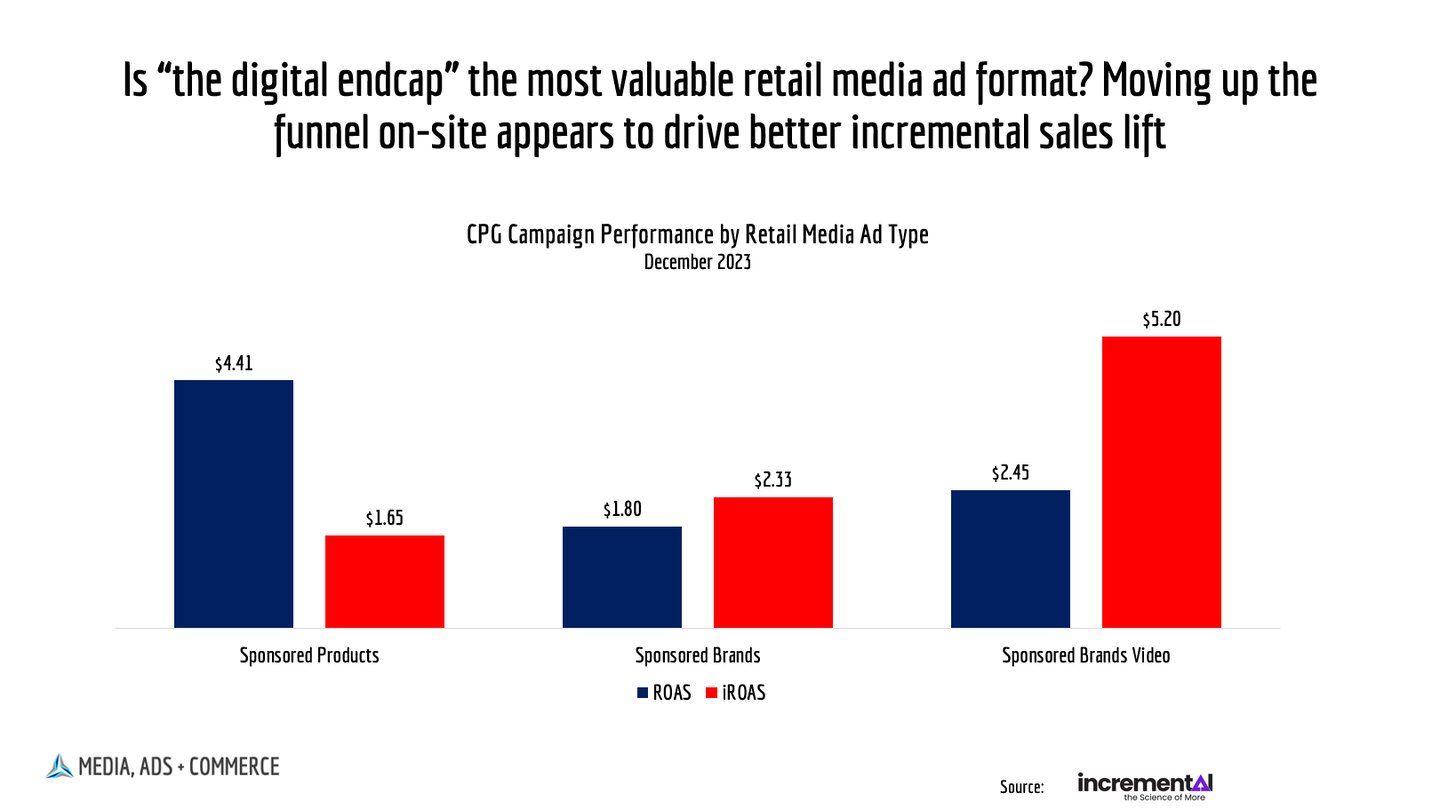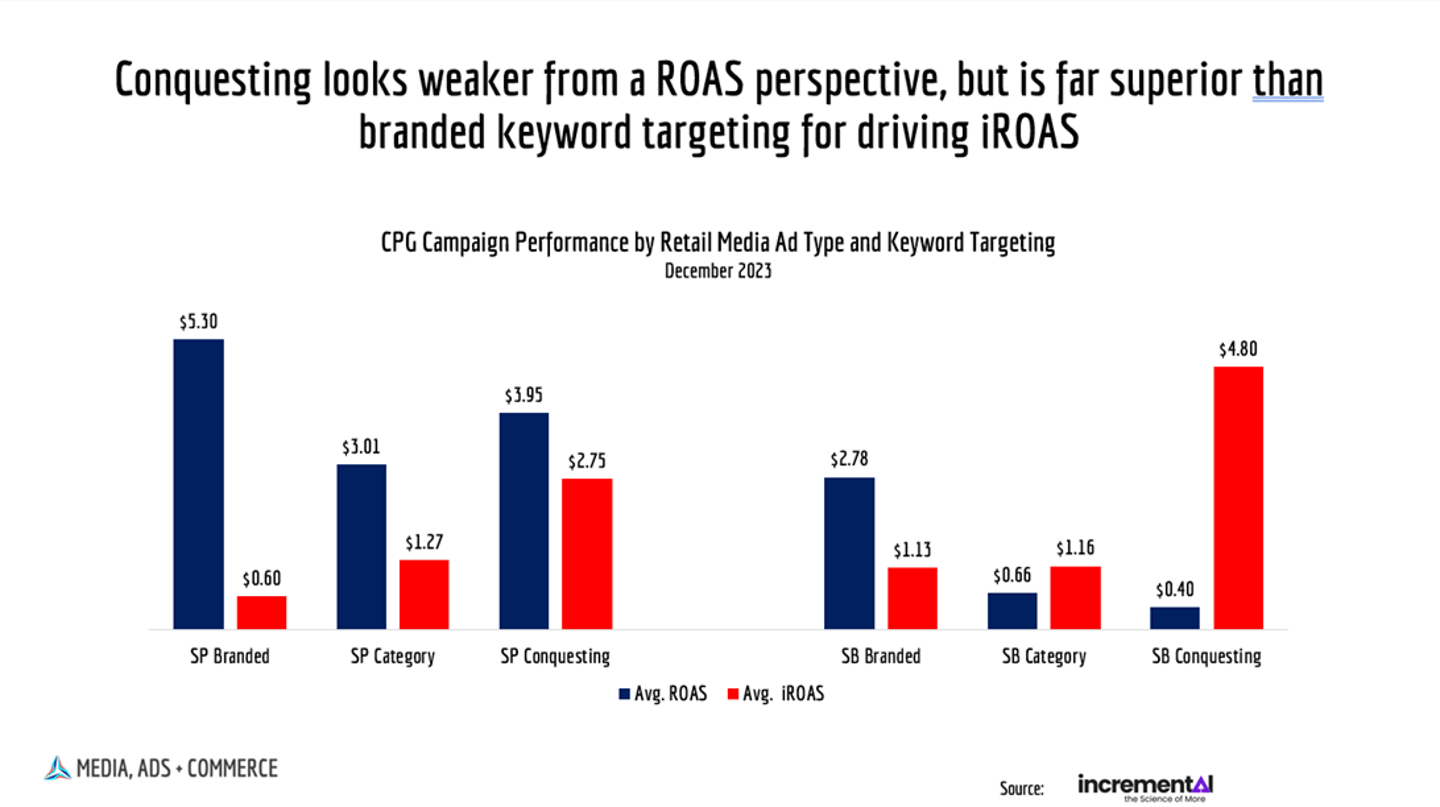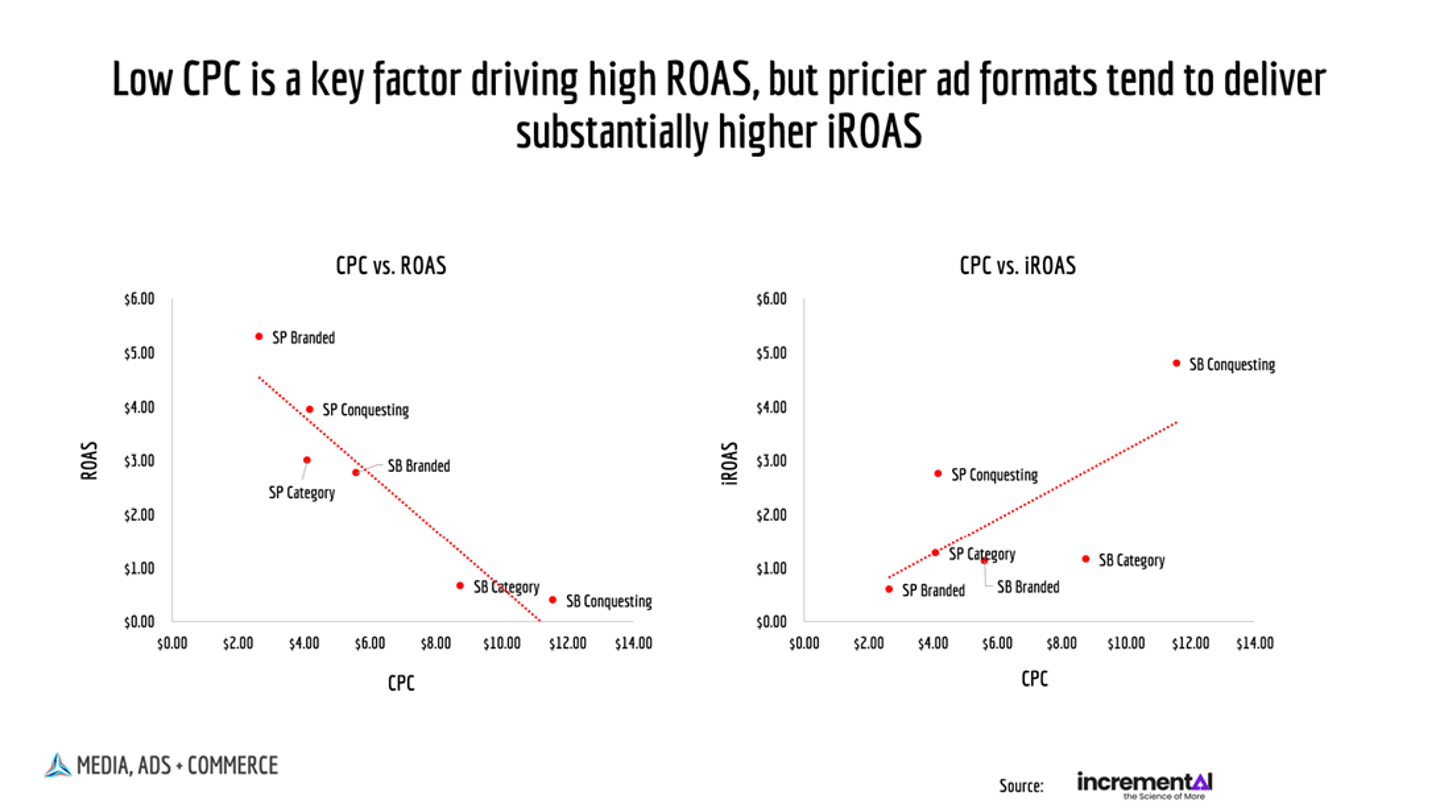The Surprising Power of the Digital Endcap
On a morning run in Philadelphia earlier this week — where I was attending the Path to Purchase Future Forward Summit — a plaque on the street a couple blocks from the hotel caught my eye.
It paid tribute to John Wanamaker, the retail pioneer perhaps more well known for his views on marketing and advertising. We’ve all heard his famous aphorism: “Half the money I spend on advertising is wasted; the trouble is I don’t know which half.”
Wanamaker was an iconoclast. His willingness to defy conventional wisdom led him to see opportunities others didn’t and contributed to his many business successes. He pioneered the one-price system and money-back guarantee (i.e. returns) in retail. The “rational” economist would say neither of these strategies are profit-maximizing — at least not on a per-transaction basis. Yet Wanamaker understood that by de-risking consumer purchases he engendered trust that drove loyalty, repeat purchases, and maximized profits over the longer term.
I felt the aura of Wanamaker’s spirit that morning. Hours later, Skye Frontier, SVP of Growth at Incremental, and I would present new insights on incrementality that upended the current orthodoxy of retail media measurement — and perhaps address Wanamaker’s famous conundrum in the process.
Digital Advertising’s Original Sin: Optimizing to the Wrong Metrics
It’s important to first take a step back and understand how advertising spend is wasted. In my 20 years in digital advertising, the answer is always the same: by optimizing to the wrong metrics.
This is digital advertising’s original sin. First it was display ad click-through rates. Then it was viewability. Today it’s ROAS.
It isn’t news for anyone paying attention that ROAS is an imperfect metric.
Because it misleads. And it misleads because it doesn’t actually measure what it purports to measure.
The unknowing observer would believe this metric reflects the causal impact of advertising, but it doesn’t. Most of the “return” comes from correlation, not causation. A huge percentage of ads get credit for sales of a brand that would have happened anyway.
This is why so many campaigns that deliver high ROAS can yield no discernible increase in sales volume. ROAS is fundamentally disconnected from the P&L, even though the P&L is exactly what brands are trying to optimize for.
Perhaps its most pernicious characteristic is that it is so easily gamed. This also shouldn’t be a surprise, since almost every KPI in the history of digital advertising has been manipulated by those held accountable to it.
Every e-commerce leader knows that if they need to deliver an overall ROAS number to the C-suite, they can game that metric by “investing” in certain ad formats that basically incinerate their ad budgets.
It doesn’t have to be this way. In fact, these same e-commerce leaders — like John Wanamaker — can be iconoclasts within their organization and prove to leadership there’s a better way to deliver the results they want.
They just have to be willing to start an incrementality revolution.
The Digital Endcap is the Perfect Intersection of Branding + Performance
In part 1 of this article, I shared the earliest beginnings of “the digital endcap” — the first appearance of display ads from P&G and Kraft on Amazon.com and Walmart.com. At the time, circa 2012, I can remember my boss remarking that these ads must be making the e-commerce companies a fortune. Since the ads appeared to close to the point of purchase, we assumed the retailers could extract a significant premium from brands.
To our surprise, the ads were selling at a slightly below-average CPM. They were undervalued then, and they are undervalued today.
According to research from Incremental, today’s “digital endcaps” — Sponsored Brands and Sponsored Brands Video — drive much higher iROAS ($2.33 and $5.20, respectively) than their more popular counterpart, Sponsored Products ($1.65).
On a last-touch attribution basis, it’s an entirely different picture. Sponsored Products drives about double the ROAS of Sponsored Brands.
It turns out that last-touch doesn’t account for much of the true sales impact.
The Most and Least Incremental Retail Media Ad Formats
When retail media ad formats are further decomposed by keyword targeting strategies, the results are even more astonishing.
Branded keyword targeting for Sponsored Products has fantastic ROAS of $5.30, but it barely registers from an iROAS perspective. This probably isn’t much of a surprise to any e-commerce manager who knows the easiest way to juice your ROAS is to buy ads on the searches from shoppers who were going to buy your brand anyway. No surprise then that its corollary is true: the attributed sales aren’t incremental.
On the opposite end, Sponsored Products Conquesting ads yield a lower ROAS but perform the best from an incrementality perspective. It might be relatively harder to convert that click into a sale, but it’s also a fair bet that when you do it’s a sale you wouldn’t have otherwise generated.
Sponsored Brands get even more interesting. Across every dimension their ROAS is lower. From an incrementality perspective, branded search outperforms Sponsored Products while category search is comparable.
But Sponsored Brands Conquesting is the star of the show, with an average iROAS of $4.80 — far outperforming every other tactic. Even while having by far the lowest ROAS at $0.40.
There’s a logic to this, however. These ad formats allow a brand to build awareness, favorability, and consideration when a shopper is in market for a product — but many of whom may not be particularly loyal to that brand. There’s a chance to intercept that shopper and peel off a certain percentage of them.
Is it “expensive” to do that? On a CPC basis, yes.
Does it accomplish the brand’s objective of generating incremental sales? Also, yes.
If You Want Incremental Sales, Be Willing to Pay the Price
That’s not to say that getting incremental sales is “cheap” — at least not under the conventional definition. Most brands are addicted to the cheapest ad formats because they can deliver KPIs most cost-effectively. This is only a problem, of course, when you’re optimizing to the wrong metrics. Which in digital advertising is most of the time.
When evaluating the different retail media ad types and keyword targeting strategies, the cheaper the ad the higher the ROAS. The cheapest ads — Sponsored Product Branded — carry just a $2.65 CPC and generate a $5.30 ROAS. While Sponsored Brand Conquesting is the exact opposite: a gaudy $11.57 CPC that translates to a minuscule $0.40 ROAS.
The picture is almost the exact opposite when comparing CPC to iROAS. Sponsored Product Branded registers a tiny $0.60 while Sponsored Brand Conquesting delivers a $4.80 iROAS. Turns out that expensive ads are more effective.
Why the Smartest Brands Will Tank their ROAS
Once brands understand the strategies truly deliver incremental sales, they embrace the unthinkable: Tank their ROAS on purpose.
In fact, very smart brands have already started to do this. One CPG brand that optimized to iROAS saw its total brand sales double over a 12-month period while increasing its ad spend less than half that amount.
Its ad-attributed sales — and consequently its ROAS — went down in the process. To the untrained eye, it looked like spending on more expensive ads (perhaps Sponsored Brand Conquesting ads) resulted in fewer sales. A terrible outcome, right? Under normal circumstances, someone would probably get fired for a decision that submarined their primary KPI.
Only it had a dramatically positive effect on the P&L. And that had to make the CFO happy.
So, for all the courageous brands out there, here’s an action step you can take right now: Send this article to your CFO and get permission to tank your ROAS.
If the proof of incremental sales isn’t enough to convince, then appeal to their penny-pinching instincts — tell them you now know which half of their advertising is wasted.
This article was originally posted on Lipsman's Media, Ads + Commerce Substack.










